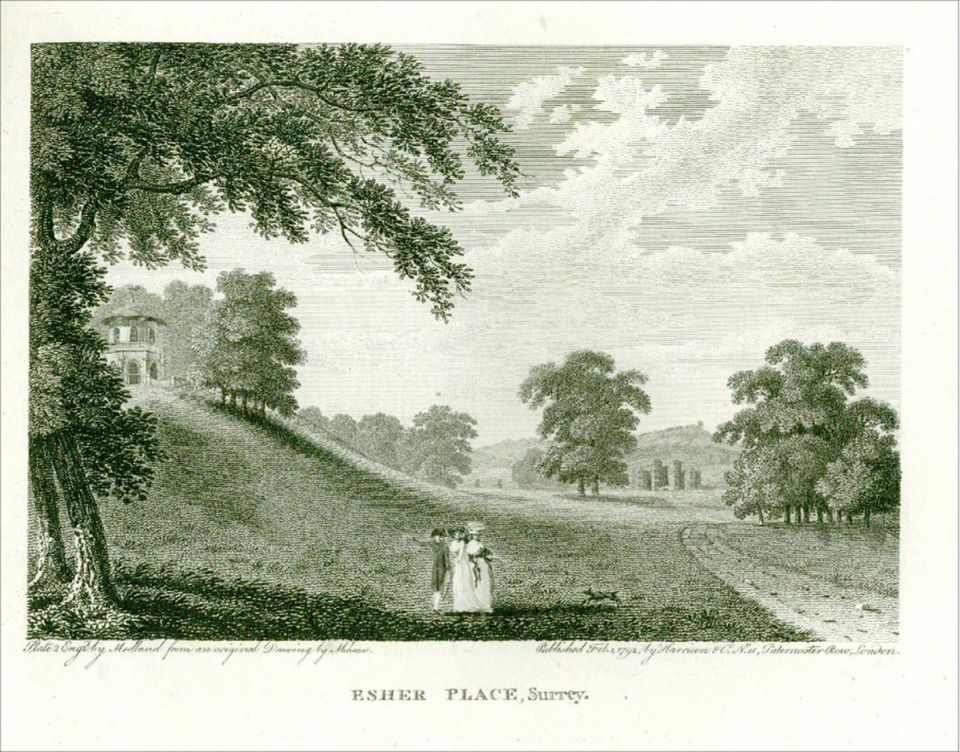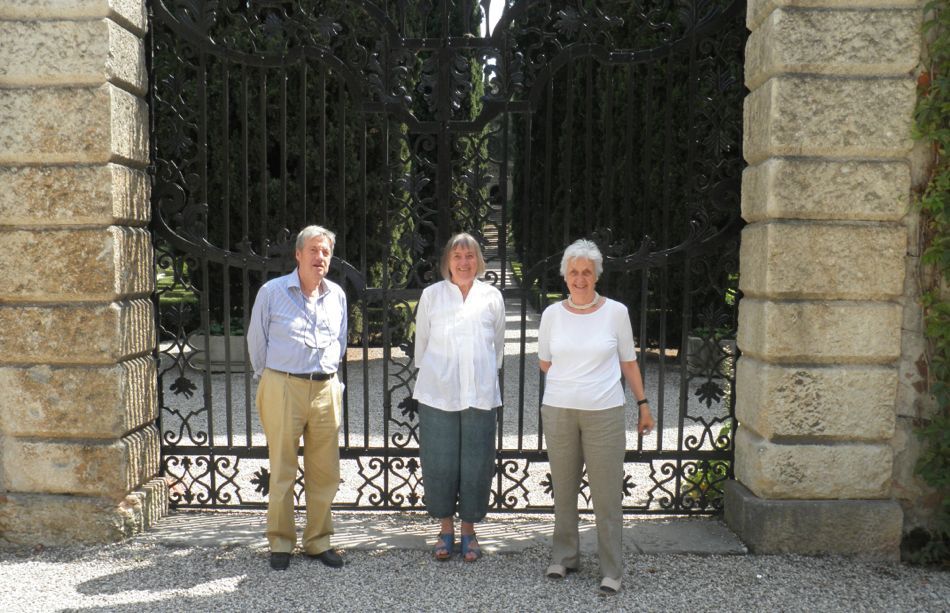Landscapes of Eloquence?
finding rhetoric in the English landscape garden
is available to buy from this site (books page)
from November 1st 2020
Well known for her books on the historical performance of music, Judy Tarling has applied her knowledge of classical rhetoric to a ground-breaking study of the creation and reception of the landscape garden in eighteenth-century England. Using the principles of rhetoric which were shared by the artist, poet and musician in the eighteenth century to engage with their audiences, she convincingly compares the methods by which the landscape garden designers controlled the movements, emotions and imaginations of garden visitors with those used by a successful orator. Texts by contemporary garden designers and tourists reveal that the effects of deception, surprise, mystery, horror and delight were all carefully calculated to entertain the garden visitor and persuade them of the good taste, learning and occasionally, the political views of the garden creator.
Spring 2019 Birkbeck Garden History Society study day: Music and Gardens. Judy spoke about using similar ideas of proportion in 17th century garden layout and music, and performances in the garden at Versailles.
November 5 2018 Garden Museum, Lambeth. Paper in ‘Discovering Repton’ regional researchers’ day including performance of Crotch glees on Heathfield Park by choir from Haileybury College
October 25 2018 Leeds Friends of University Art and Music lecture on ‘the Unity of the Arts: a common muse’ including a performance of Crotch glees for Heathfield Park by members of Leeds Baroque Choir
Saturday 18 August 2018, 10-5 at Little Benslow Hills, Hitchin. A day course to celebrate 200 years since the death of Humphry Repton. The changes in the English 18th-century garden which preceded Repton will be described, as well as his position in relation to other landscape designers and his clients. Examples of the ideas from his extensive writing will be illustrated and discussed. £75 includes refreshments and lunch. For booking contact info@benslowmusic.org; www.benslowmusic.org
27 February 2013 The Garden History Society winter lecture series. 'Harmony Compleat'. An illustrated talk about music in the garden from Renaissance Italy to Georgian England.
January 3-5 2012 British Society for 18th-Century Studies conference, Oxford. Paper on 18th-century garden rhetoric and 'Genius of the Place' concert
August 18 2011 talk at Painshill Park www.painshill.co.uk
Rhetoric in the Garden
Henry Peacham's The Garden of Eloquence (1577) is a catalogue of over 200 figures of speech and their uses and abuses, mainly drawn from the Bible. It was common in rhetoric books to use flowery and horticultural metaphors when writing about figures of speech. Cicero talked about the figures of rhetoric adorning language like flowers in a meadow. Figures of speech were used to decorate language in the same way that flowers are used to decorate gardens.
Garden designers and makers of the 16th-18th centuries were often gentlemen with a good classical education in the Liberal Arts, which would have included rhetoric. It is likely that when either inventing a garden plan or designing their houses they would have drawn on rhetorical principles of proportion, decorum and structure. Designing a garden which was appropriate to their status and means, which reflected their taste and education, could enhance and compliment their social standing and aspirations. Their choices would result in a personal garden style unique to them and an object of curiosity to their peers.
The Exordium
Classical rhetorical openings (exordia) are divided into 'direct' and 'insinuating'. The entrance to a house can be grand and imposing (direct) or winding via a drive which offers glimpses of the house (insinuating). Or, the approach could keep the house concealed until it is suddenly revealed, surprising the visitor.
Decorum
A lack of decorum is shown when grand entrances are attached to modest houses, and vice versa. Greek columns are entirely suitable for a 16th-century Tuscan villa, but not for the porch of a semi-detached house on a London ring road. When all the elements match the effect is satisfying and harmonious.
Repetition
The uses of repetition in rhetoric may be applied to the garden. Frequent repetition lends grandeur to any feature such as a portico rich in columns, or an avenue with a double row of trees. Massed blooms are more impressive than just a few. One (flower or statue) on its own invites close scrutiny, and demands a reason for attracting attention to itself. Two items need to be balanced. The Vitruvian man here comes into his own, with both sides reflecting and balancing each other equally. Three is triangular, a central feature flanked by one either side. Four naturally makes a square, but without focus. Five forms a quincunx, which can be endlessly repeated in an orchard. These all represent the 'natural' expressions of number, all of which have meanings and design messages of their own.
Delivery of Affect
We often read about gardens 'performing' for their owners. This aspect, the performance of a garden, is audience focused and is seeking an affect, either to impress or move the viewer in some way. Rhetoric seeks to get a reaction from the listeners. Rhetorical features such as humour and surprise were used in gardens to stimulate or amuse the visitors. A variety of emotional affects, either pleasing or horrifying, can be created by planting style, colour, design and layout.
Read about lots of figures of rhetoric used in speaking in the Forest of Rhetoric:
http://humanities.byu.edu/rhetoric/silva.htm




